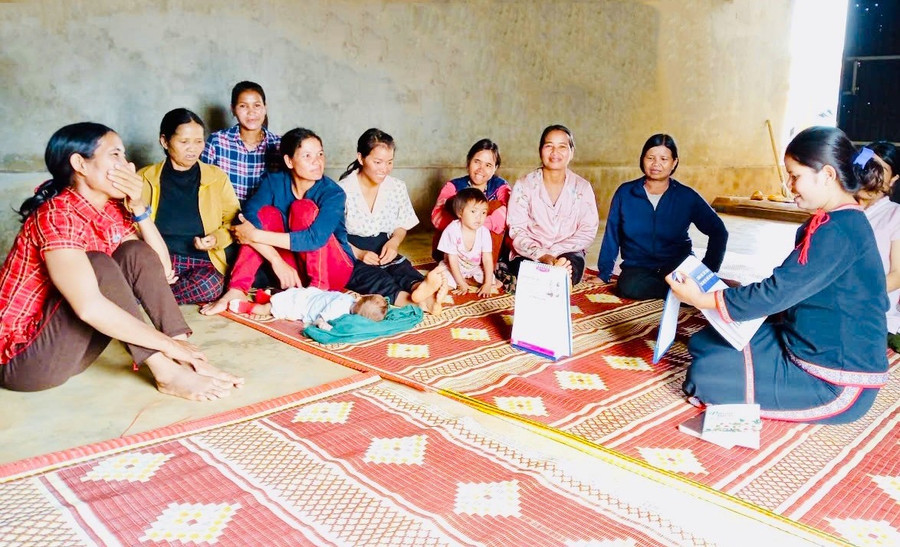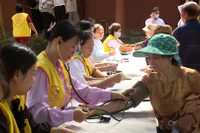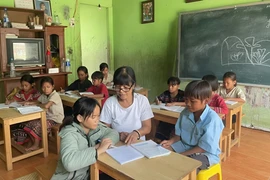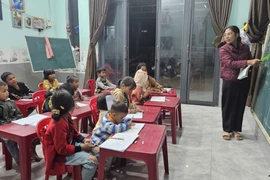According to the provincial Center for Disease Control (CDC), 2,442 women delivered at home in 2024, accounting for 9.07% of total births. In the first seven months of 2025, 1,151 home births were recorded, representing 9.3% of all deliveries.
Most took place without professional supervision, with 79.59% of mothers in 2024 and 79.42% in 2025 giving birth without medical staff present.

Dr. Bá Tường Đăng Phong, CDC Deputy Director, said the practice is concentrated in the western region, where traditional customs remain strong.
Many residents continue to view childbirth as a natural event requiring medical intervention only when complications arise.
Early marriage, teenage pregnancies, and poverty also contribute to high home-birth rates, with families often unable to afford private or socialized health services.
“The workshop has contributed to enhancing the capacity and increasing the responsibility of healthcare staff, as well as fostering effective coordination between local authorities, agencies, and mass organizations with the health sector in implementing reproductive health care.
This, in turn, continues to improve the quality of reproductive health services for the public, helping to reduce maternal and neonatal mortality rates.”
Deputy Director of the Department of Health ĐINH HÀ NAM
At the workshop, delegates highlighted that in Mang Yang District, up to 40% of women still deliver at home, significantly increasing risks of maternal and infant complications.
“Nearly half of all births occur without medical supervision, directly threatening lives and undermining population quality goals,” said Dr. Phạm Ngọc Cương, Head of Public Health, Nutrition, and Food Safety at the district health center.
Proposed solutions include awareness campaigns at the household and village level, collaboration with community leaders, and expanding grassroots healthcare. Delegates also suggested integrating a “no home births” requirement into cultural village assessments under the new rural development program.
To address financial barriers, policies supporting travel and hospital costs for poor women were recommended. Local authorities, such as the Ia Khươl Commune People’s Committee, pledged to increase budget allocations, strengthen coordination with health stations, and mobilize social resources to improve reproductive health services.

Vice Chairwoman Trần Thị Yến called for training for grassroots staff, mobile health consultations, and expanded access to reproductive care.
“We hope higher-level authorities will provide more training opportunities and solutions to help residents access services in the best possible way,” she said.

















































